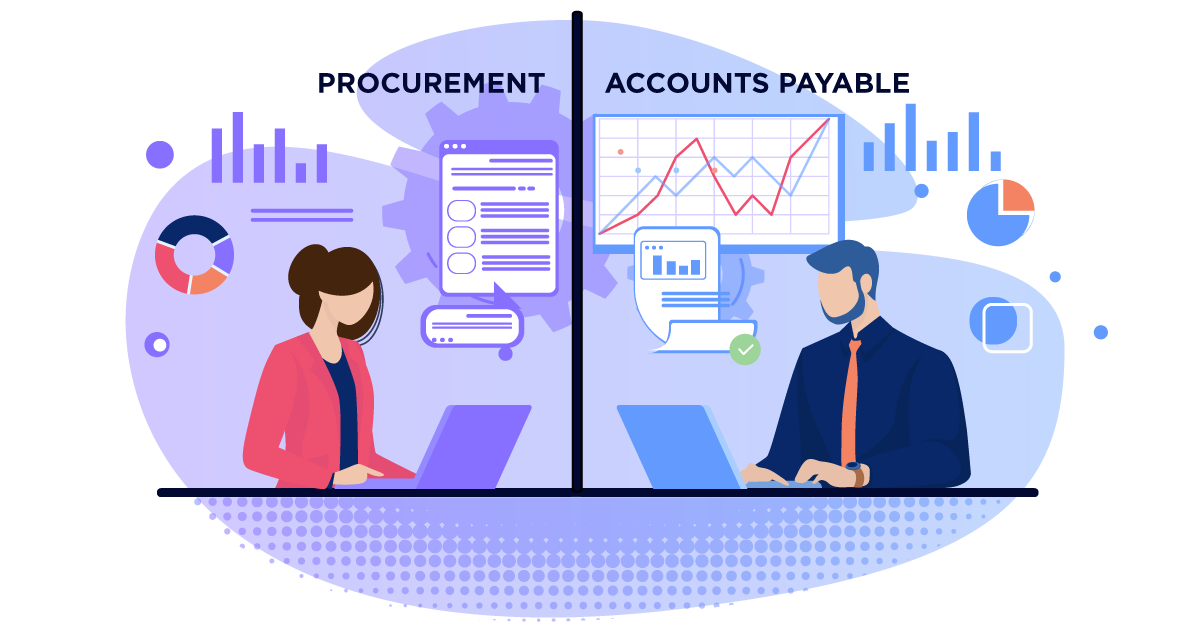3 min read
TU Delft: more grip on spending thanks to intuitive user procurement process
Editing ICreative
22-Aug-2022 9:48:14

Within most large organizations, the disciplines of Finance and Procurement are still separated. This is no different at Delft University of Technology (TU Delft), although we are taking steps in the right direction. As project manager of the Purchasing department, I try to break down those silos and seek the connection. When these departments share more information, we can optimize the purchase to pay process, get a better grip on expenses, make the ordering process for the end user a lot more user-friendly and improve our strategic purchasing.
Guest blog by Mees Walhof, Manager Procurement at TU Delft
Strategic purchasing begins with greater control of the procurement process
If I connect more with Finance and get more visibility into the actual expenditures being made, then as a buyer I can proactively offer users the products and services they are looking for, adding value from a strategic advisory role.
Take invoice processing, for example. Invoice data is very valuable to me as a buyer because it gives me insights into our organization's ordering behavior and deviations. And a purchase invoice teaches me more about what products employees want to purchase, including products they may not be able to get through our own purchasing portal.
Optimize ordering process
In general, you can say that many large organizations should have more control over their spending. Whether it's direct or indirect procurement, often the proportion of spend not done at a preferred supplier is still too large. For a technical employee, for example, it can sometimes be just as easy to bike to the do-it-yourself store around the corner to get a part.
Of course, complete control over orders placed with different suppliers is a pipe dream, but there is a difference between giving employees complete freedom of choice and regulating it as best they can.
So it is important to optimize the ordering process and make it as simple as possible for employees. In other words, don't give them an ocean with thousands of fish, but a pond with the fish you as an organization have chosen.
A smarter procurement process thanks to ICreative
As a public law organization, we are required to issue tenders, after which our team creates framework contracts and centrally manages the procurement process of products, which can then be ordered decentrally.
TU Delft was already using Basware to support the procurement process, but our Basware software was due for an upgrade. Namely, we wanted a purchase to pay solution that would not only allow us to optimize our existing process, but also facilitate things like e-invoicing and a supplier portal.
"Ordering costs have decreased
from an average of 100 euros per order
to 55 euros per order."
ICreative not only offered the Basware solution, but also thought along very well with us about how we could make the procurement process more intuitive. For example, how we could make purchase orders smarter, so that not only the administration got the right information, but the user also experiences the system as easier. Think of automatically filling in fields or coding products.
Anything to simplify the procurement process. We see that the use of the software continues to increase: more and more expenses are made through Basware.
We have also been able to reduce our ordering costs. This refers to all costs involved in processing a purchase order: from preparing a requisition to handling the invoice based on the purchase order. Whereas these used to average 100 euros per order, they have decreased to 55 euros per order.
More control over spending
We are now figuring out how to segment very specific products more intelligently into 'smart ponds' in which employees can 'fish' and request targeted quotations. Partly this requires a new procurement system, but we also need to better organize supplier and category management.
💡LEESTIP : How the Kraljic matrix improves your supplier management and procurement process
In addition, thanks to the Analytics module in Basware, we see that too much spending is still done at suppliers with whom we have no contract. I notice that the user wants a kind of Bol.com experience while searching for products: one big database in which you can easily filter.
Of course, it is very difficult to provide such a database that you can search all sorts of ways in a user-friendly way. Basware's procurement portal comes close to providing the ideal user search experience. And it helps us keep more control over the expenditures made in our organization's name.
Next step: more sustainable procurement
TU Delft wants to be fully CO2 neutral and circular by 2030. This means that we are looking for data that tells us what our CO2 footprint is. Ideally, we want to build a database in which we can validate the data on suppliers, compare suppliers and award a contract to the supplier who is the most CO2 neutral.
We are now investigating ourselves what values we can define on which you could weigh all products and services for sustainable procurement.
You no longer look so much at which supplier has the best value for money, but rather at the impact they make when it comes to sustainability.
In an ideal world, this should be a public database, driven by an independent body that monitors vendors for the data they provide.
In short, now that our procurement process is smarter, we want to take the next step and also procure more sustainably so that we can achieve our goal by 2030 at the latest.
Want to know more?
Would you like to know more about optimizing and automating your procurement processes? Then contact us without obligation or download the white paper Increasing Spend under management: why and how.








